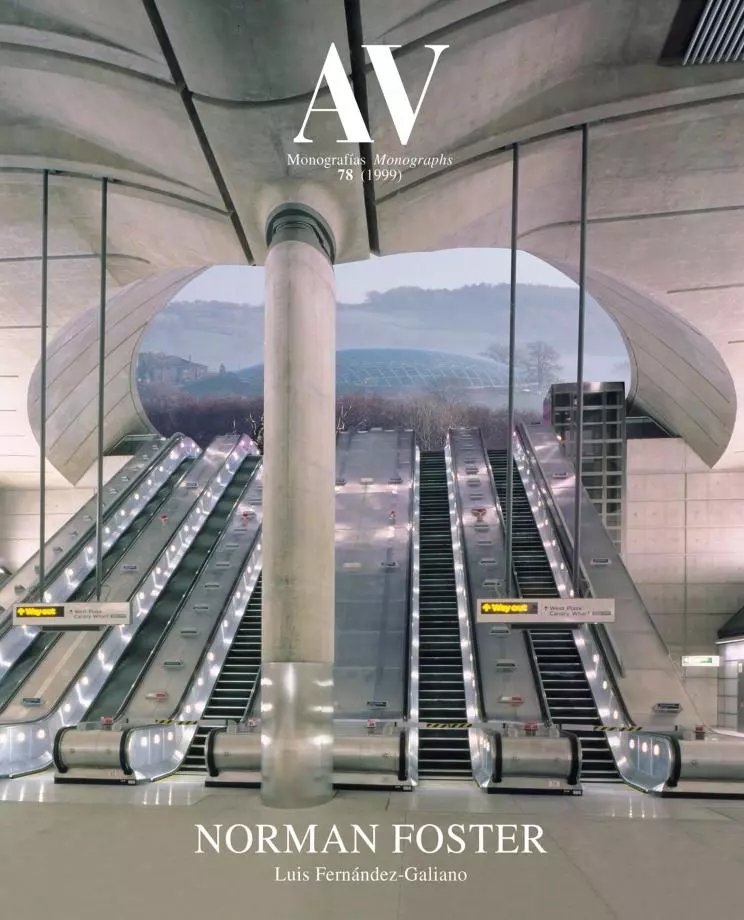The Cult of Precision: Skin and Extrusion
1971-1977

During four exacting years, Foster Associates had substantially transformed the built landscape of work, and this demanding itinerary would culminate in 1971 with a commission that was due to become a landmark of contemporary architecture: the headquarters at Ipswich of the insurance company Willis Faber & Dumas, a building of extraordinary rigour and muscular flair which would occupy the practice for four years. This very large and significant job forced the firm to move out of the floor they had rented in the office of the engineer Tony Hunt to undertake the IBM commission, so Norman Foster and his team moved into a ground floor office in Fitzroy Street which was refitted by the architects using many of the ‘umbrella’ concepts, from the flexibility of the floor plan to the integration of services, and in this case using also the sophisticated reflecting glass facade already experimented with in Fred Olsen and IBM. They would remain in this office throughout the decade of the seventies, during which period the work of the firm evolved from the refinement of skins to the excitement of skeletons, and from the neutral silence of the late sixties to the spectacular expressionism of the early eighties. During the first years at Fitzroy Street, Foster continued the development of the neutral container, in whose design the environmental concerns fuelled by the energy crisis of 1973 gained significant ground; and a new type of extruded shed was tested in different projects, a type that would finally lead to another of the masterpieces of the firm: the Sainsbury Centre. Built to house the art collection donated by Sir Robert and Lady Sainsbury to the University of East Anglia, the huge container blew up the extruded section used in the Modern Art Glass warehouse to a heroic scale, sheltering under the same roof an art school, exhibition rooms, studies, laboratories and a restaurant. In the same way that Olsen mixed blue and white collar workers, IBM mixed people and computers and Willis Faber & Dumas mixed work and leisure, Sainsbury mixed art objects and the teaching of art, embodying with exquisite rigour the joyful, egalitarian and iconoclastic spirit of the sixties. The Sainsburys, who would later become close friends of the architect, had chosen him after visiting Olsen’s amenity centre on the London docks, as had happened before with the clients for IBM and Willis, thus placing the Scandinavian ship owner as the true fountainhead of Norman Foster’s early career...[+]





